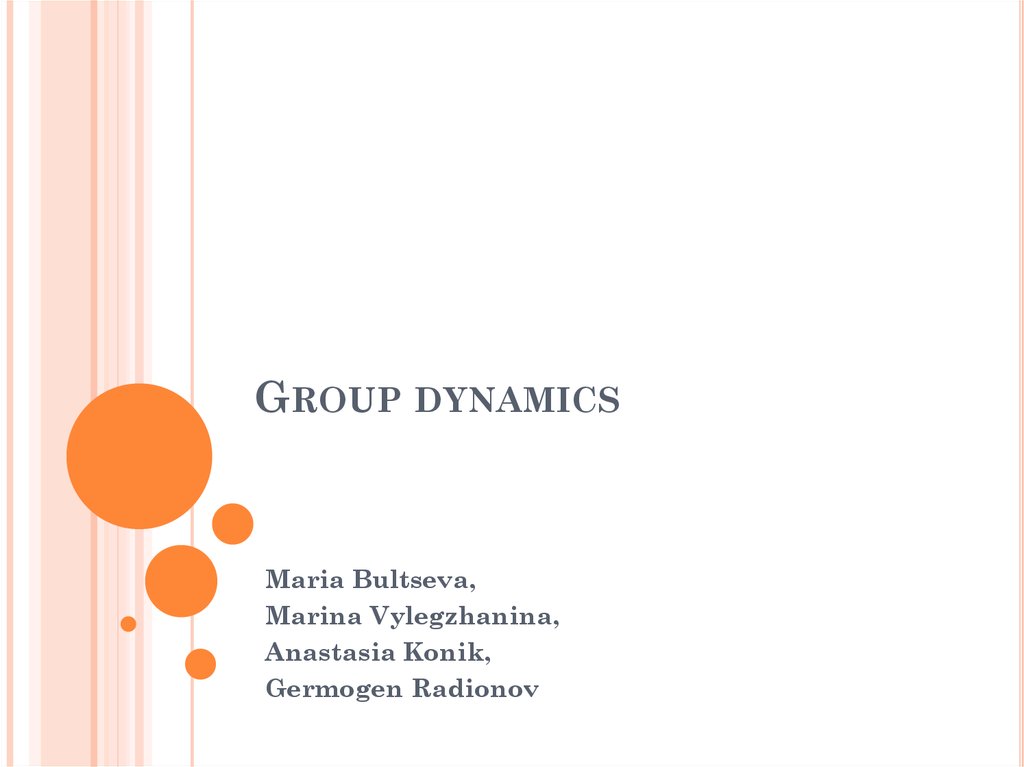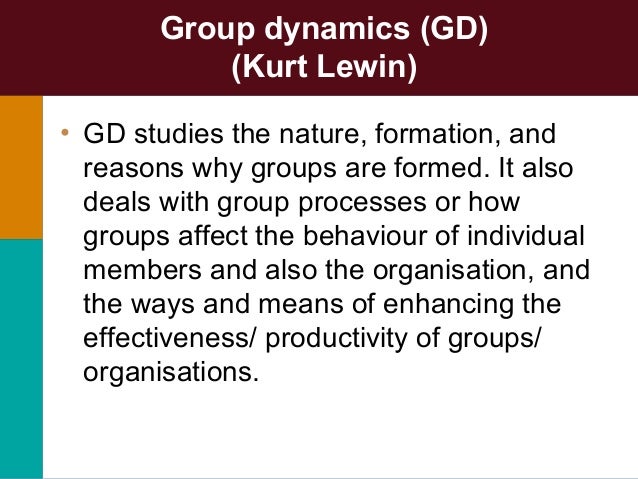


At this 2 nd stage team members feel more at ease voicing and questioning opinions, and that is when internal conflict flares up. The key dynamic of this stage is Power Struggle. Clear guidelines and structure by the manager are necessary to ensure that the team builds strong relationships. Managers of the group at this stage have to be directly and intimately involved. Anxiousness on part of members about what the other team members will be like.An upbeat outlook of group members about what is to be accomplished.Some of the key characteristics of this stage include: How quickly the group’s transition to the 2 nd stage takes place depends on the clarity and complexity of the goal and members’ previous experience of working in groups. This is the stage where people are brought together in a Group. The key dynamic of the first stage is Orientation.

Let us examine some of the stages of Tuckman’s model for Group Development in a little more detail. The 5 th stage of Group Development called “Adjourning” was added in 1977, by Tuckman and his colleague Mary Ann Jensen. Tuckman’s Group Development Model comprises the following 5 stages: For the model to be applicable in the work place, it is vital to comprehend the process at each stage and its concepts. Tuckman’s model has become the foundation for following models and commonly used by management consultants for Team Management and Client Management. Tuckman’s assertion was that each of the phases of the model is indispensable and unavoidable for the team to grow, face up to challenges, tackle problems, find solutions, plan strategically, and deliver results. Originally conducted in 1965, the Model was further improved by Tuckman and his colleague in 1977. The latter half of the 20th century saw attention shifted more towards studying how Group Performance could be improved in the workplace to foster an Organizational Culture of cohesiveness, and Tuckman’s study proved significant in this regard.īruce Tuckman’s Model on Group Development became one of the most influential studies on the subject. Lewin pioneered the Group Dynamics Research Center at the Massachusetts Institute of Technology, first of its kind dedicated to the study of Group Dynamics and how it could be applied to real-world and social issues. The Social Psychologist Kurt Lewin (1890-1947) is credited with introducing the term “Group Dynamics.” The term defined the constructive and destructive forces within Groups of people. Wilhelm Wundt (1832-1920), the Founder of Modern Psychology, is credited with conducting the 1 st research on the subject. Immunity to change is also discussed.Studies on Team Motivation and Building Effective Teams stem from the research carried out in Psychology and Sociology. This review has theoretical and practical implications, which are discussed in this article. In this critical review, change management offers a constructive framework for managing organizational change throughout different stages of the process. This article presents a critical review of change theories for different stages of organizational change. Although this model establishes general steps, additional information must be considered to adapt these steps to specific situations. This study examined the three stages of Lewin's model: unfreezing, movement, and refreezing. The action research model, the positive model, and Lewin's change model indicate the stages of organizational change.

Theories of change describe the effectiveness with which organizations are able to modify their strategies, processes, and structures. Change is crucial for organizations in growing, highly competitive business environments.


 0 kommentar(er)
0 kommentar(er)
